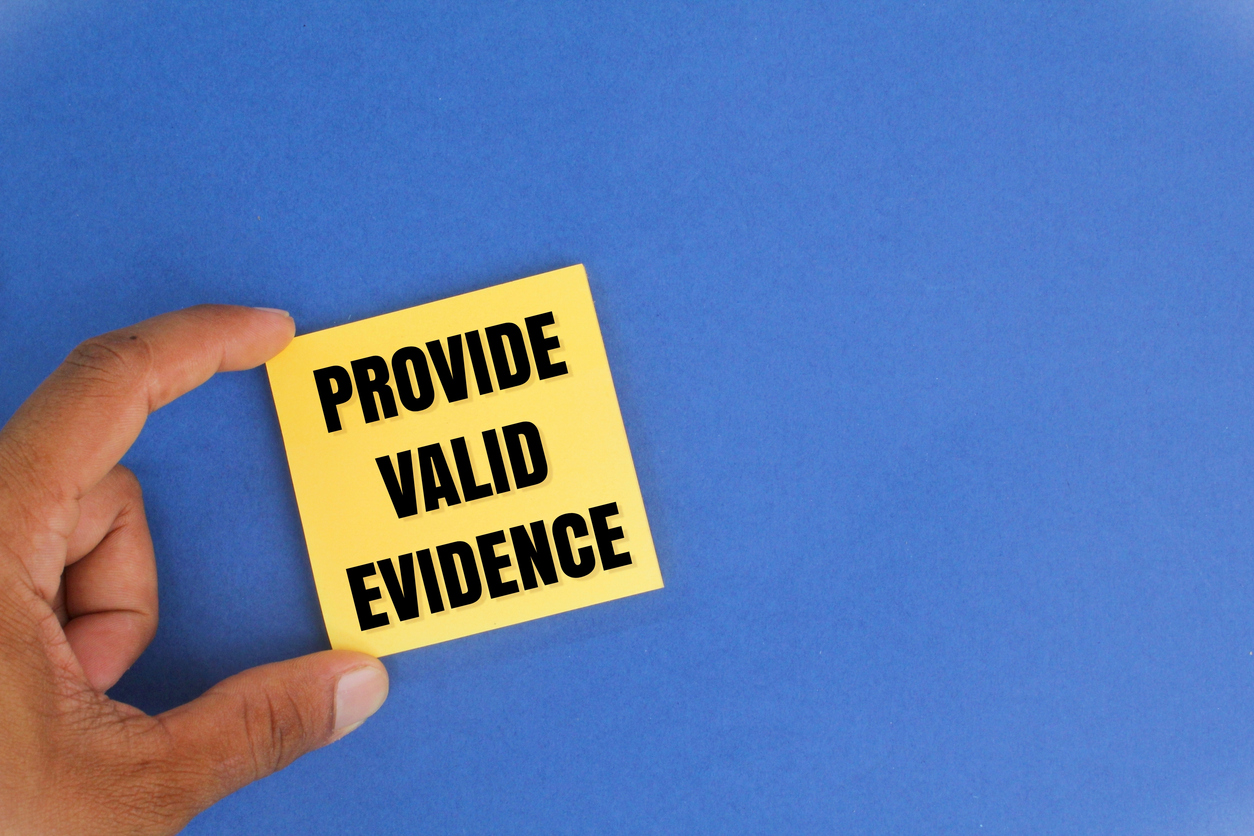My last couple of hurricane related posts involved discussions of The Other Insurance Clause and The Total Loss Recovery Rule as discussed in Citizens Property Ins. Corp. v. Ashe, No. 1D09-1546, 2010 WL 4628915 (Fla. 1st DCA Nov. 17, 2010). The last major legal issue that was discussed in Ashe was the evidence of alternate insurance payments.
If you recall, in Ashe, a Florida homeowner suffered a hurricane loss and was paid policy limits by his flood insurer, but the amount of damage caused by wind was still in dispute with his wind insurer, Citizens. Among the other issues discussed in previous posts, during the wind dispute the insured sought to exclude evidence of the flood payments on grounds of both relevance and the Collateral Source Rule.
Relevance
Florida Statute § 90.401 states that “[r]elevant evidence is evidence tending to prove or disprove a material fact.” In Ashe, the insured argued that payments for flood damage were not relevant to the wind claim because evidence of flood payments did not tend to prove or disprove the fact that wind damaged the his home. The court disagreed, reasoning that because the insured was claiming a total loss, evidence of flood payments could be used to disprove the claim that the loss was caused solely by wind. The court found that the insured’s acceptance of flood payments was an acknowledgement that he believed his property was damaged by flood, and not a total loss from wind.
Collateral Source Rule
As stated in Ashe, the collateral source rule “allows the injured party to recover the full amount of damages from the wrongdoer, irrespective of any funds the injured party may be entitled to from independent sources.” In Ashe, the trial court issued a blanket order excluding all evidence of the flood claim and payments. The appellate court turned to another recent decision, Citizens Property Ins. Corp. v. Hamilton, 43 So. 3d 746 (Fla. 1st DCA 2010), to find that “the common law collateral source rule militates against evidence of the dollar amount of flood insurance payments, disbursed by an entity wholly independent of appellant….” The appellate court reversed the trial court’s exclusion of evidence on the flood claim, except as to the amount paid by the flood insurer.
The court then took a historical journey through the case law on the applicability of the collateral source rule to a first-party breach of contract action. It opined at the end of that journey, that “[i]t seems to us that the better view is that the collateral source rule should not apply in pure contract actions. We suggest it may be time to revisit this issue.”
Judge Van Nortwick disagreed with the majority’s opinion that allowed evidence of the flood claim, and he wrote separately in an eleven-page dissent on this point. He stated that the Hamilton decision allowed evidence of the flood insurance claim only because that evidence was not controverted by the insured in that case, but it was controverted by the insured in Ashe. In effect, the question of excluding evidence of the policy or claim for flood insurance was never before the court in Hamilton, only the amount paid was. He bucked against the majority’s suggestion that the collateral source rule should not apply in contract actions, and went into lengthy discussion as to why it should. Judge Van Nortwick’s dissent is worth a separate post on its own, which will be coming up in one of my next hurricane posts.




